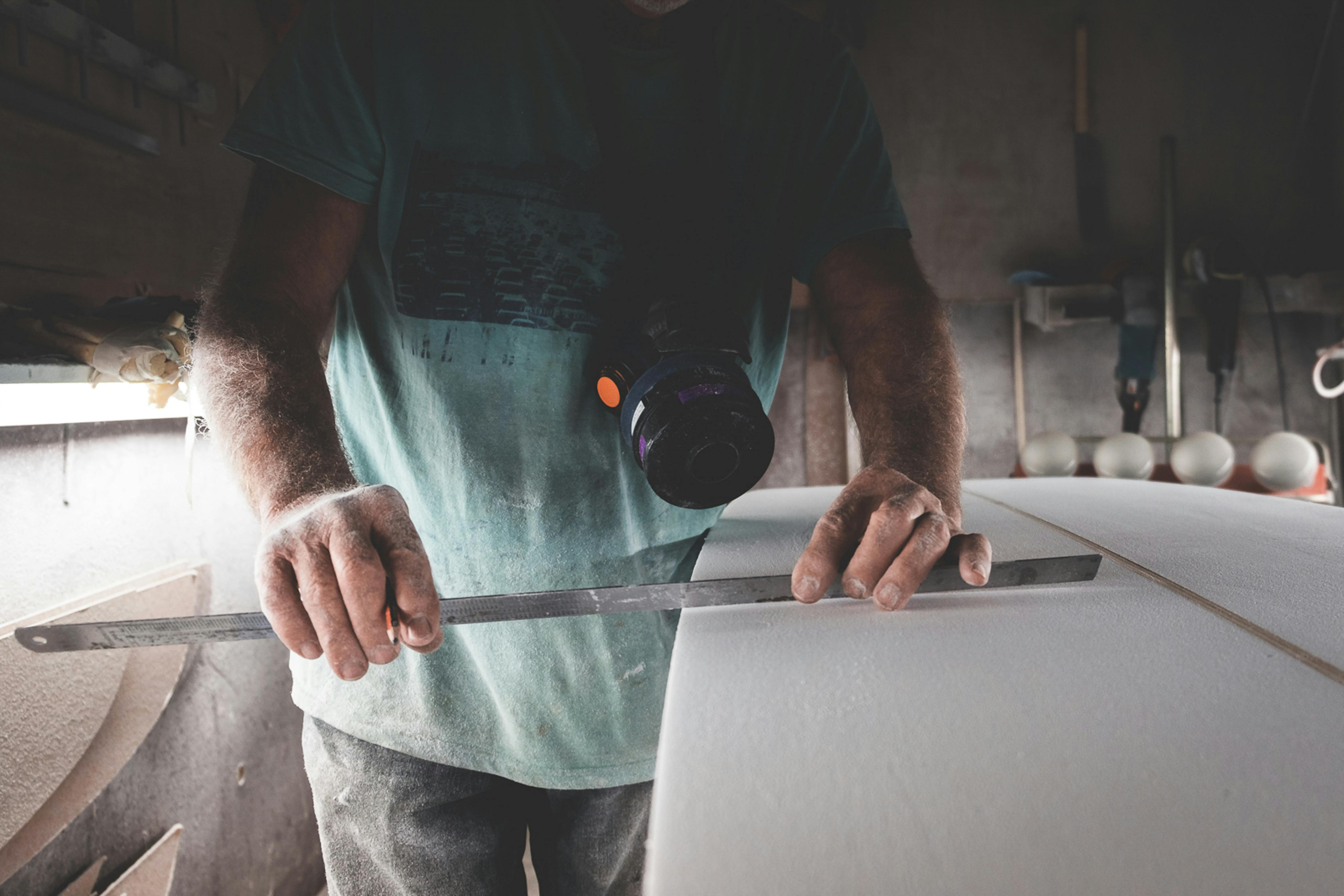“LEDs”. When it comes to lighting, you hear these three letters over and over again… you see them posted on every lighting website and it’s starting to annoy you. It seems to be an exciting new trend… some kind of innovative new light… but you have no idea what it is. Would you like to know what everyone is talking about? What’s hot?
LED – Light Emitting Diodes – Simply put, LEDs are diodes that… (huh?) Wait, let me explain: a diode is the simplest type of semiconductor device. (what’s that?) wow, you’re impatient: a semiconductor is a material with the ability to conduct electric current. Basically, instead of emitting light from a vacuum (as in an incandescent light bulb) or a gas (as in a CFL), the LED emits light from a piece of solid matter, its semiconductor. In a nutshell, an LED produces light when electrons move within its semiconductor structure.
They tell you when to stop and go. They have controlled your driving, they have saved your life countless times and that little red man made you wait until you could cross the street. That’s right, the red, yellow and green of the traffic lights are LED lights right in front of your nose. In fact, light-emitting diodes have been around for some time, being conceptualized in 1907. However, it wasn’t until the 1960s that practical applications were found and LEDs were first manufactured. LED used to be used exclusively for traffic signals, brake lights and headlights in luxury cars and indicator lights in home appliances. You probably didn’t even know that LED lights illuminate your digital clocks, flashlights, and tell you when you have a new voicemail on your cell phone. Expensive at first, as applications grew, benefits were discovered and manufacturing costs were reduced. According to the American Lighting Association (ALA), lighting manufacturers have put a lot of time, effort, and research into adapting this super energy-efficient technology for home use. The technology has advanced enough to earn approval from the government’s popular and respected Energy Star® program. So here’s why:
- They do more for less. LEDs are efficient: they produce a lot of light with little energy. For example, a 5-watt LED can produce more light (measured in lumens) than a standard 75-watt incandescent bulb. The 5 watt LED could do the job of the 75 watt incandescent at 1/15 the power draw. LEDs save energy and therefore money. This is because in LED lights 90% of the energy is converted to light, while in incandescent bulbs 90% of the energy goes to heat and only 10% to visible light.
- They last longer. LEDs are virtually maintenance-free: they don’t have a filament to burn out, so they last much longer. A standard “long life” household light bulb will burn for about 2,000 hours. An LED can have a lifespan of up to 100,000 hours! According to some sources, LEDs can last up to 40 years. Imagine not having to change a light bulb for years. There are LED products available this year that will make frequent light bulb changes for the 20th century.
- How it actually works… (skip this part if you really don’t care) Light is a form of energy that can be released by an atom. It is made up of many small particle-like packages, called photons, which are the most basic units of light. LEDs are specially built to release a large number of photons to the outside. When an electrical charge strikes the semiconductor, a small electrical current, measured in watts (oh, that’s what they mean by ‘low power’!) passes through the semiconductor material. this causes the electrons to move, become “excited” and emit photons. Almost all the energy emitted is light energy. In an ordinary diode, like incandescent light bulbs, the semiconductor material ends up absorbing much of the light energy, thus producing more thermal energy than light energy, because much of the available electricity is not used to produce visible light. LEDs generate very little heat, relatively speaking. A much higher percentage of electrical energy goes directly to electricity generation, which considerably reduces the demand for electricity. As you can see in the diagram, they are housed in a plastic bulb that focuses the light in a certain direction. Most of the light from the diode bounces off the sides of the bulb and travels through the rounded end.
- They are a better buy (in the long run). Until recently, LEDs were too expensive for most lighting applications because they are constructed of advanced semiconductor material. However, the price of semiconductor devices has plummeted over the last decade, making LEDs a more cost-effective lighting option for a wide range of situations. While they can be more expensive than incandescent lights out front, a 60-watt LED replacement bulb costs around $100, and even lower-output versions, used for things like spot lighting, will cost $40-$80. That compares to a $1 incandescent bulb and a $2 fluorescent bulb. spend less money on home lighting, which can account for about 7 percent of your electricity bill [source: Greener Choices]. But don’t worry, the scary price you have to pay up front won’t last too long, the lighting industry at large expects LED costs to come down fast. Lighting Science Group, a company that develops and manufactures LED lighting, estimates a 50 percent price reduction within two years.
- You can see it well. The main replacement for the incandescent light bulb would be the higher efficiency compact fluorescent or CFL. However, in addition to there being toxic mercury in the design, it gives off a strange, sometimes off-putting color that even gives some people headaches. Not the LED – its light is easy to see even in bright sunlight and can produce the same soft white light as a regular light bulb. (Although Energy Star recommends looking for the Energy Star label when purchasing LED bulbs, as the organization tests for color stability as part of its certification criteria.) This is the coolest part about LEDs: they can light up and change their light to many colors including a very recent addition of white and blue. Others are green, red, orange, and amber.
- It is safe. The LED requires low voltage DC electrical current and can be battery operated, so it is safe to touch, it does not get hot.
- is strong. LEDs are durable: they are not glass but small plastic bulbs.
- It’s fast. LEDs are easy to implement: they’re just tiny light bulbs that fit easily into modern electrical circuits. Also, due to their size, more bulbs can be used in one electrical circuit.
- The fury. The LED will guide and illuminate the future. The light bulb that has illuminated our homes since the 19th century is officially about to go out. The inefficient incandescent has fallen out of favor with the financially and ecologically concerned; as of 2012, US residents won’t be able to buy one even if they want to [source: Linden]. The government is withdrawing small energy consumers from the market. “This year, 2010, will be the first year that LEDs have exploded in the residential market,” says architect Joe Rey-Barreau, educational consultant to the ALA and associate professor at the University of Kentucky School of Interior Design. “We are already seeing incredible developments of LEDs in all areas of our lives, from Christmas lights to LED televisions. One area where LEDs will become predominant in 2010 is the category of desk and work lamps,” says Rey-Barreau. “Another important development will be in light bulb replacement, as the extremely long life of an LED bulb makes it ideal for replacing recessed lights in hard-to-reach areas, such as vaulted ceilings in living rooms or kitchens.” If you’re still unsure whether you want to devote a large portion of your living space to technology, Rey-Barreau suggests trying under-cabinet lighting in the kitchen, a desk or task lamp, or pathway lighting outside. to see if you like it. the lighting it provides before investing in a ceiling full of recessed lighting or a large chandelier.
Most homes being built or upgraded now take advantage of new LED technology from innovative Cree Lighting. The Cree LR6 and Cree LR4 are the three leading LED downlights that outshine them all with incredible light output and value.


